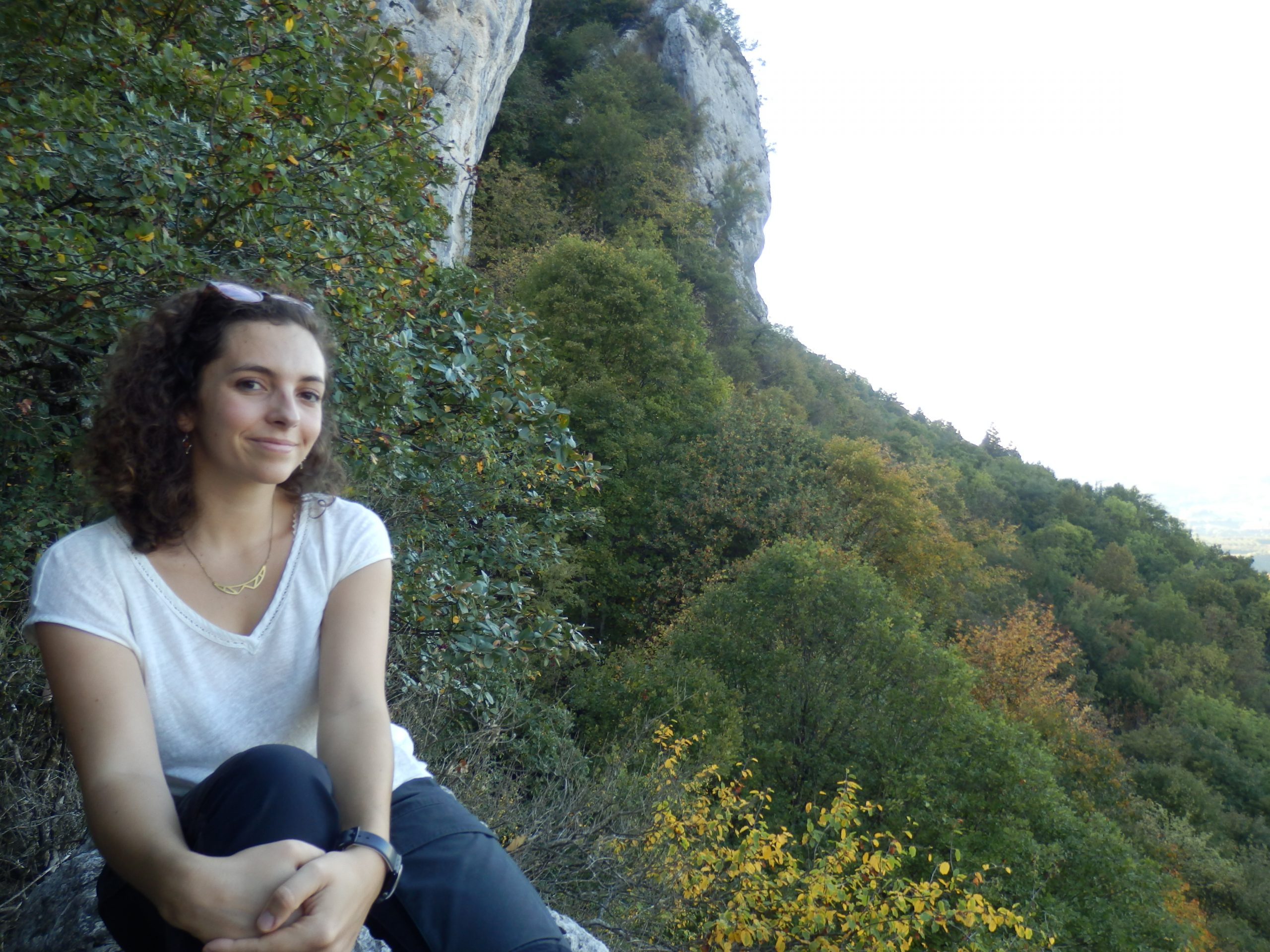Faces of ELSR: Jennifer Morinay
I have always been fascinated by behavioural ecology. Yet, social learning became my main research interest only in PhD, when I started studying the use of heterospecific social information for breeding site selection in passerines. Since then, decision-making, social learning and personality differences are at the core of my research.
Studying what drives within- and between-individual differences in social information use should help us understand the evolutionary potential of this supposedly adaptive behaviour. How does the use of personal and social information affect habitat selection in different contexts? How did such behaviours evolve and are affected by individual experience, personality and cognitive abilities? I target these questions using birds as model systems, and a combination of experimental, empirical and modelling approaches.
Thanks to multiple collaborations, I am lucky to also target these questions in three different contexts: breeding, foraging, and wintering site selection. More importantly, I am highly dedicated to develop and use experimental designs that allow disentangling social learning from the inherent choice for better quality habitats.
My PhD well trained me in that respect, as I had the chance to use data collected through a so-called “symbol experiment”. What is that? Originally designed by Forsman and Seppänen, two Finnish researchers, the symbol experiments consist in using symbols to mimic a preference of tutors for specific types of nesting sites, and then test the choice of focal individuals in regard to this information. Making use of such experiment in collared flycatchers, we could show that social learning is highly dependent on individuals experience, personality, and learning abilities. This pushed me to design my own PhD experiment, which consisted in using playback to mimic the settlement of good- or bad-quality great tits. We showed that information provided initially in a sexual selection context (here fine song features) can actually cross species boundaries and be used by collared flycatchers for settlement.
Currently in postdoc at ISPRA in Italy, I am gaining expertise in movement ecology, while continuing working on social learning and designing experimental protocols to study that behaviour in a wild colonial raptor, the lesser kestrel. Then in September, I will engage in another movement myself, and relocate to NTNU in Norway, where I will start my MSCA fellowship. I will study the link between dispersal and migratory decisions in a colonial seabird, and see whether these decisions can actually depend on sociality.
You can check my website and follow me on my twitter for updates on my research.
About the author
Jennifer Morinay is a behavioural and evolutionary ecologist with research interests spanning from social learning, personality, habitat selection, and movement ecology. Her current research interests lies in understanding the evolution and the origin of individual differences when making informed decisions. During her PhD at the Universities of Lyon (France) and Uppsala (Sweden), she worked on the flycatcher-titmice system, studying sources of individual differences in heterospecific social learning, and in particular how could this behaviour depend on individual experience, personality, and cognitive abilities. Now half-way through her first postdoc at ISPRA (Italy), she collaborate with animal movement ecologists to investigate the use of social information for foraging decisions in colonial breeders, in particular in lesser kestrels. She will start as a MSCA fellow at NTNU (Norway) in September, where she will study how social bounds can explain dispersal and migratory decisions in a partial migrant seabird. You can follow her on Twitter and check her website for updates on her research.
